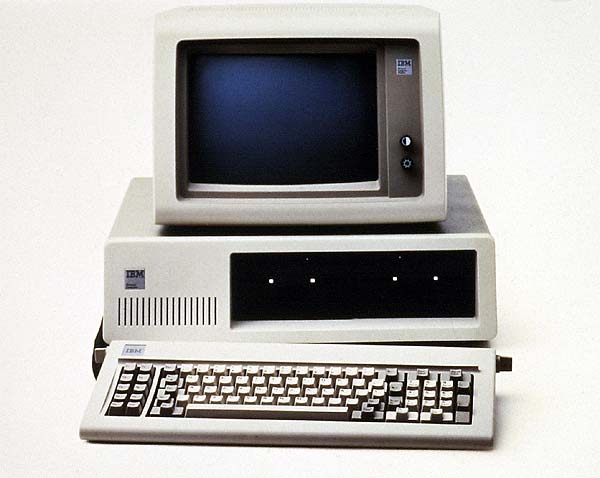Imagine a time when the PC revolution was in its infancy and computers were just finding their way into architectural studios, classrooms and workplaces. Clock speeds were measured in kilohertz. RAM went for $1,000 per megabyte. Command line interfaces were the norm. Graphical User Interfaces were still a novelty and mice were mostly thought of as furry little rodents.
Despite the crudeness of those early personal computers, one could easily see that their pace of development was rapidly accelerating. What might seem like science fiction today could very well show up on your desktop tomorrow. All manner of amazing capabilities would soon be at our fingertips. Personal computing had the potential to change everything – or so we thought.
Having become fascinated with PC technology, my colleague and I set out to imagine how, as architects and educators we might best put it to use. What emerged was an essay called “Tractors for the Creative Mind: the Coming Generation of Computers in Architecture“. Its posting here on the XIMIX.biz website marks the 20th anniversary of its initial publication.
The passage of time has helped us understand the lasting value of our work as well as the limits of our intuition. Based on the crudeness of the hardware and software of the early 1990’s, our predictions were quite audacious. It’s of course gratifying to look back and see that we accurately predicted many of the important technological developments of the past twenty years. It’s also quite humbling to see what we missed or just plain got wrong.
We’ve organized “Tractors for the Creative Mind” into 6 different sections.
The first explains why we wrote this essay and what our underlying assumptions were about technology, architectural practice and education. It also explains the historical significance of the moment in time when the article was first written. (Read more)
The second section describes 3 related technological trends that we expected to converge late in the 1990’s to revolutionize architectural practice and education. (Read more)
The third section contains a set of scenarios that illustrate how the new technologies might be used to serve students, faculty and practicing professionals in a variety of different settings. (Read more)
The forth section contains a summary of our conclusions. (Read more)
The fifth section (i.e. the appendices), contains detailed descriptions of the software and equipment we used to create our scenarios. (Read more)
Finally, in the last section you’ll find a detailed publication history and short biographies of the authors. (Read more)

